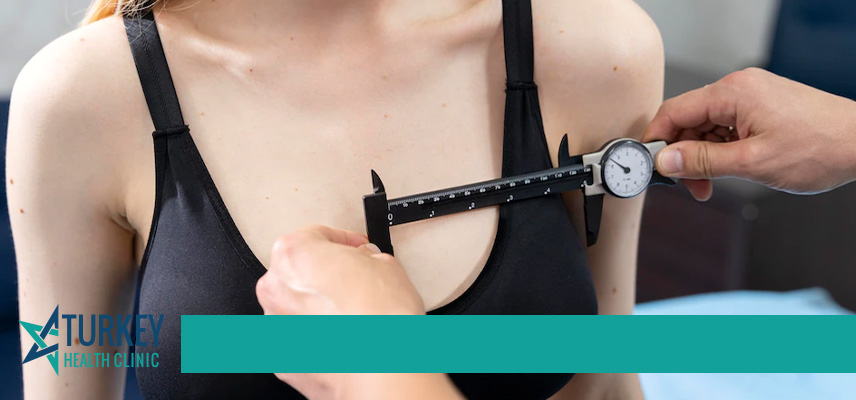Breast Reduction
Breast reduction surgery, also known as reduction mammaplasty, is a procedure used to remove excess fat, tissue and skin from the breasts. If you have large breasts, you might choose to have breast reduction surgery to ease discomfort or to achieve a breast size proportionate to your body.
Breast reduction surgery might also help improve your self-image and your ability to participate in physical activities.
If you're considering breast reduction surgery, consult a board-certified plastic surgeon. It's important to understand what breast reduction surgery entails — including possible risks and complications — as well as set realistic expectations.
Why it's done
Breast reduction surgery is meant for women who have large breasts and want to resolve issues such as:
• Chronic back, neck and shoulder pain that requires pain medications
• Chronic rash or skin irritation under the breasts
• Nerve pain
• Restricted activity
• Poor self-image related to large breasts
• Difficulty fitting into bras and clothing
Breast reduction surgery generally isn't recommended if you:
• Smoke
• Have certain conditions such as diabetes or heart problems
• Are very obese
• Want to avoid scars on your breasts
You can have breast reduction surgery at any age — sometimes even as a teenager. But if your breasts aren't yet fully developed, you might need a second surgery later in life.
You might postpone breast reduction surgery if you have certain future plans, such as:
• Childbirth. If you haven't started a family or your family isn't yet complete, you might wait until pregnancy isn't an issue. Breast-feeding might be challenging after breast reduction surgery — although certain surgical techniques can help preserve your ability to breast-feed.
• Weight loss. If you are interested in losing weight by changing your diet and starting an exercise program, you might wait to decide if reduction mammoplasty is for you. Losing weight can often result in changes to your breast size.
Risks
Breast reduction surgery has the same risks as any other type of major surgery — bleeding, infection and an adverse reaction to the anesthesia. Other possible risks include:
• Bruising, which is usually temporary
• Scarring
• Removal of or loss of sensation in the nipples and skin surrounding the nipples (areolae)
• Difficulty or inability to breast-feed
• Differences in the size, shape and symmetry of the surgically altered left and right breasts, which might lead to further surgery to improve your appearance


